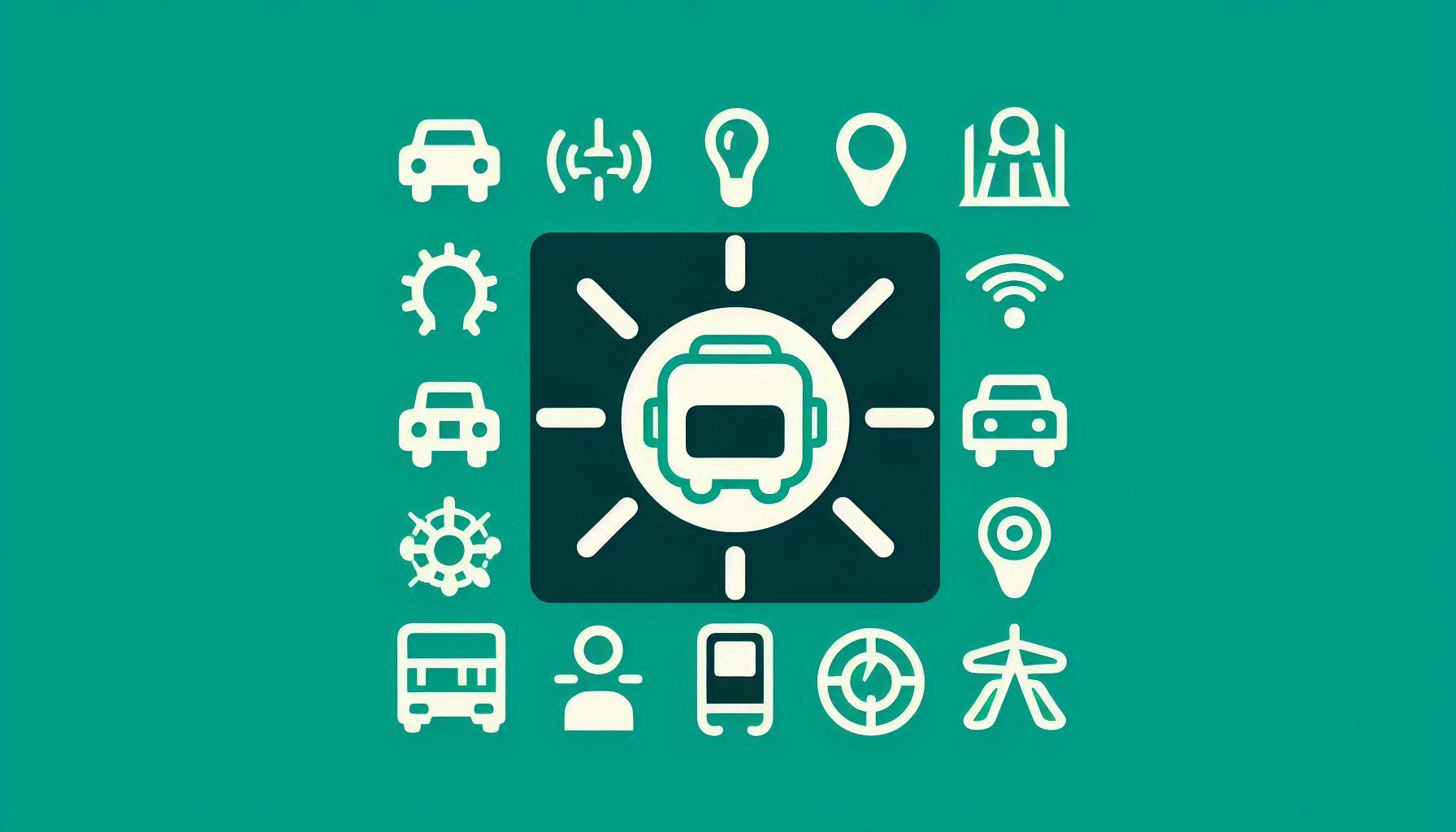Influence of Spatial Placement of Variable Speed Limit Zones on Urban Motorway Traffic Control

Downloads
Traffic control approaches, in particular Variable Speed Limit (VSL), are often studied as solutions to improve the level of service on urban motorways. However, the efficiency of VSL strongly depends on the spatiotemporal arrangement of VSL zones. It is crucial to determine the lengths and locations of VSL zones for best VSL efficiency before deployment in a real system, as the optimal length of the VSL zone and its distance from the bottleneck directly affects traffic dynamics and, thus, bottleneck control. Therefore, in this study, we perform the analysis of different VSL zones lengths and their positions by using a closed-loop Simple Proportional Speed Controller for VSL (SPSC-VSL). We evaluate the different VSL zone configurations and their impact on traffic flow control and vehicle emissions in a SUMO microscopic simulation on a high traffic demand scenario. The results support the observations of previous researchers on the significant dependence of VSL zone placement on VSL efficiency. Additionally, new data-based (traffic parameters and vehicle emissions) evidence of the performance of the SPSC-VSL design are provided regarding the best placement of consecutive VSL zones for motorway bottleneck control not analysed in previous research.
Downloads
Breton P, Hegyi A, De Schutter B, Hellendoorn H. Shock wave elimination/reduction by optimal coordination of variable speed limits. Proceedings of the 5th International Conference on Intelligent Transportation Systems (ITSC), 6 September 2002, Singapore, Singapore. 2002. p. 225-230. doi: 10.1109/ITSC.2002.1041219.
Grumert E, Tapani A, Ma X. Characteristics of variable speed limit systems. European Transport Research Review. 2018;10(2). doi: 10.1186/s12544-018-0294-8.
Transportation Research Board. Highway Capacity Manual 6th Edition: A guide for multimodal mobility analysis. Washington, DC: The National Academies Press; 2016.
Oh S, Yeo H. Estimation of capacity drop in highway merging sections. Transportation Research Record. 2012;2286(1): 111-121. doi: 10.3141/2286-13.
Ma M, Liang S, Zhang H. A dynamic competition control strategy for freeway merging region balancing individual behaviour and traffic efficiency. Promet – Traffic&Transportation. 2020;32(5): 595-09. doi: 10.7307/ptt.v32i5.3367.
Müller ER, Carlson RC, Kraus W, Papageorgiou M. Microsimulation analysis of practical aspects of traffic control with variable speed limits. IEEE Transactions on Intelligent Transportation Systems. 2015;16(1): 512-523. doi: 10.1109/TITS.2014.2374167.
Papageorgiou M, Kosmatopoulos E, Papamichail I. Effects of variable speed limits on motorway traffic flow. Transportation Research Record. 2008;2047(1): 37-48. doi: 10.3141/2047-05.
Ivanjko E, Kušić K, Gregurić M. Simulational analysis of two controllers for variable speed limit control. Proceedings of the Institution of Civil Engineers – Transport. 2019: p. 1-13. doi: 10.1680/jtran.19.00069.
Wang Y. Dynamic variable speed limit control: Design, analysis and benefits. Ph.D. thesis. University of Southern California; 2011.
Lopez PA, et al. Microscopic traffic simulation using SUMO. Proceedings of the 21st International Conference on Intelligent Transportation Systems (ITSC), 4-7 November 2018, Maui, HI, USA. 2018. p. 2575-2582. doi: 10.1109/ITSC.2018.8569938.
Vrbanić F, Ivanjko E, Kušić K, Čakija D. Variable speed limit and ramp metering for mixed traffic flows: A review and open questions. Applied Sciences. 2021;11(6): 2574. doi: 0.3390/app11062574.
Papamichail I, Kampitaki K, Papageorgiou M, Messmer A. Integrated ramp metering and variable speed limit control of motorway traffic flow. IFAC Proceedings Volumes. 2008;41(2): 14084-14089. doi: 10.3182/20080706-5-KR-1001.02384.
Kušić K, et al. Extended variable speed limit control using multi-agent reinforcement learning. Proceedings of the 23rd International Conference on Intelligent Transportation Systems (ITSC), 20-23 September 2020, Rhodes, Greece. 2020. p. 1-8. doi: 10.1109/ITSC45102.2020.9294639.
Martínez I, Jin WL. Optimal location problem for variable speed limit application areas. Transp. Res. Part B Methodol. 2020;138: 221-246.
Copyright (c) 2022 Josip MILOŠ, Patrik HRŠAK, Nikola TOPIĆ , Leon JAKŠIĆ , Krešimir KUŠIĆ, Filip VRBANIĆ, Edouard IVANJKO

This work is licensed under a Creative Commons Attribution 4.0 International License.




















